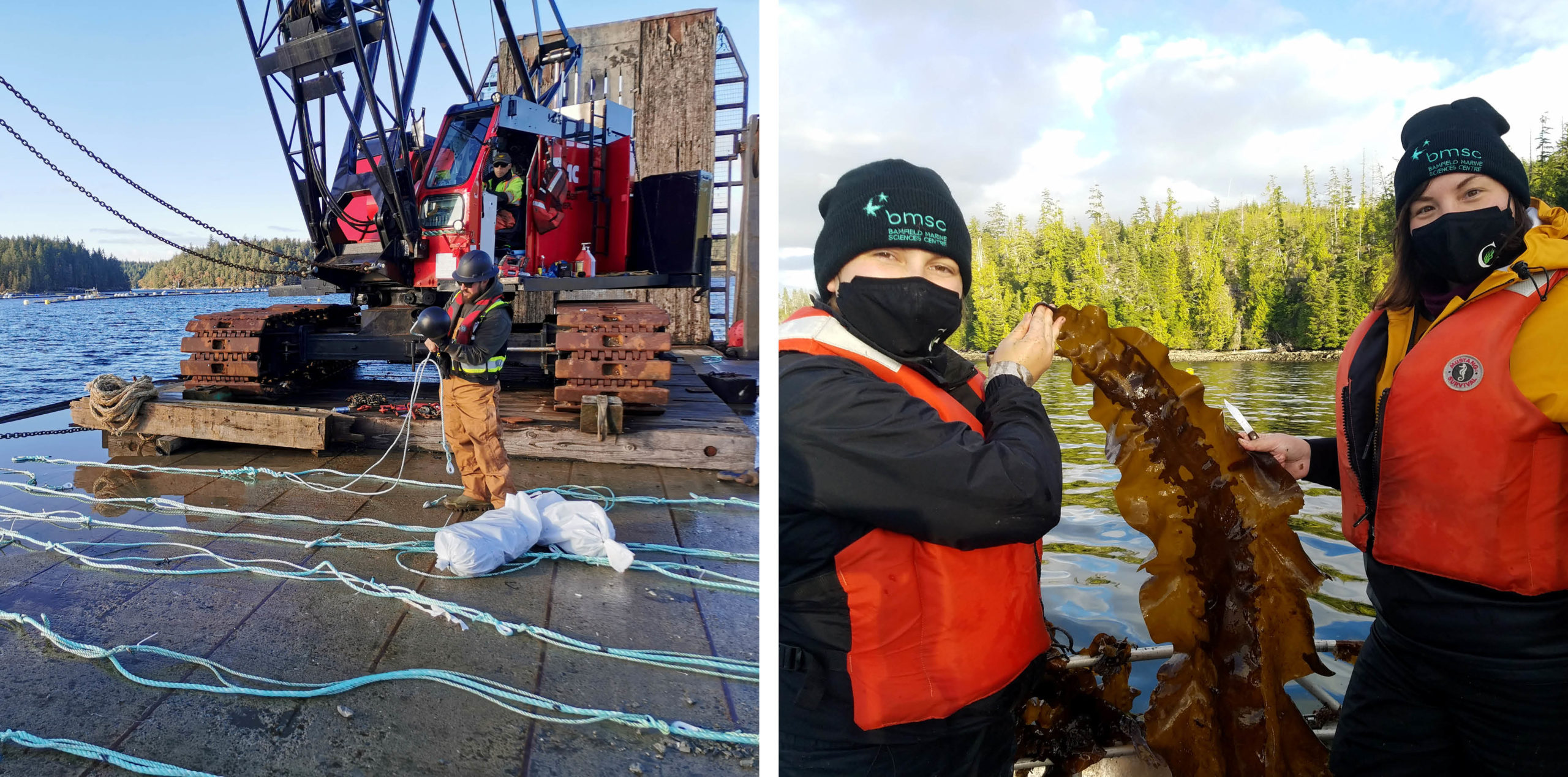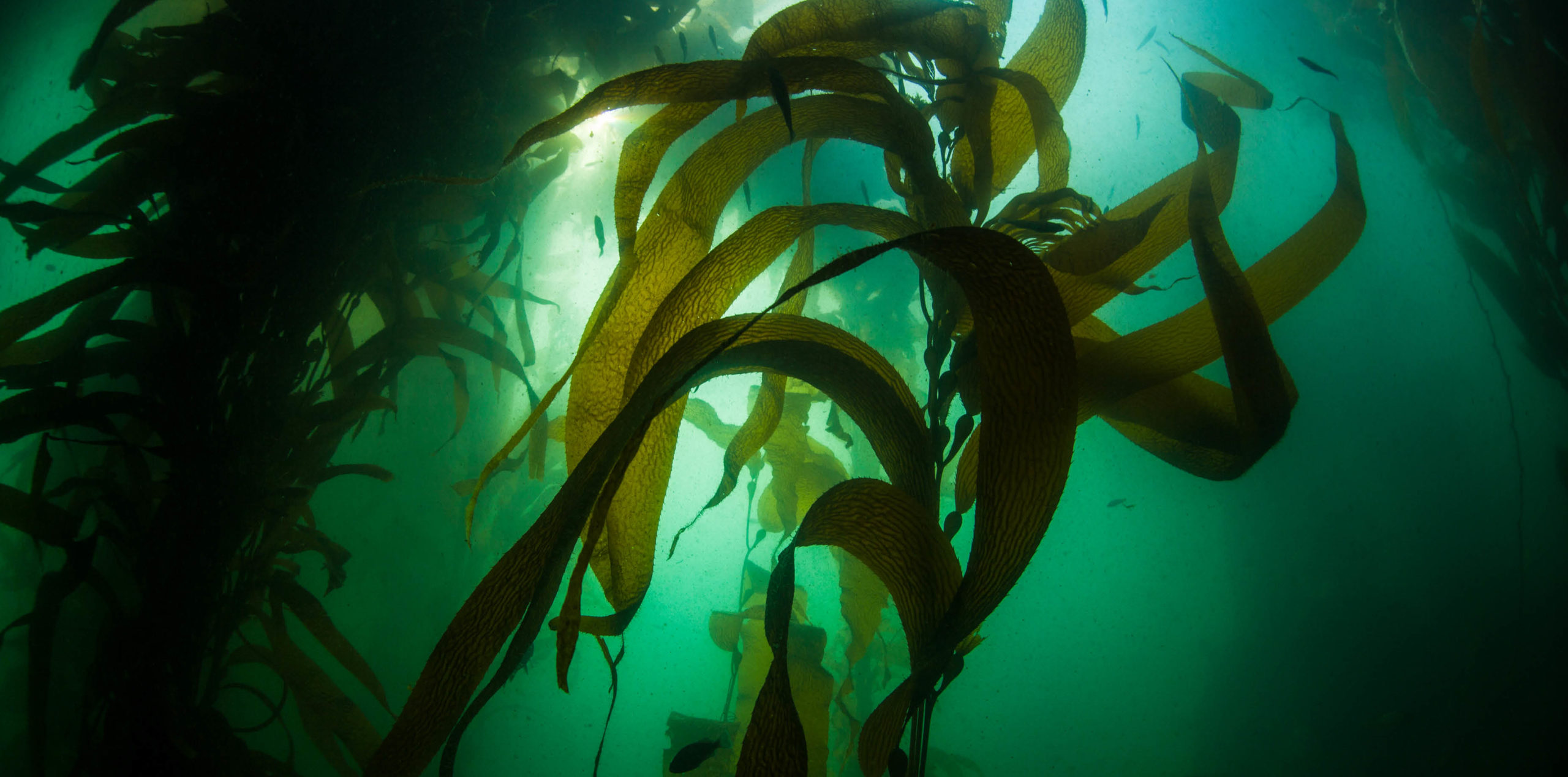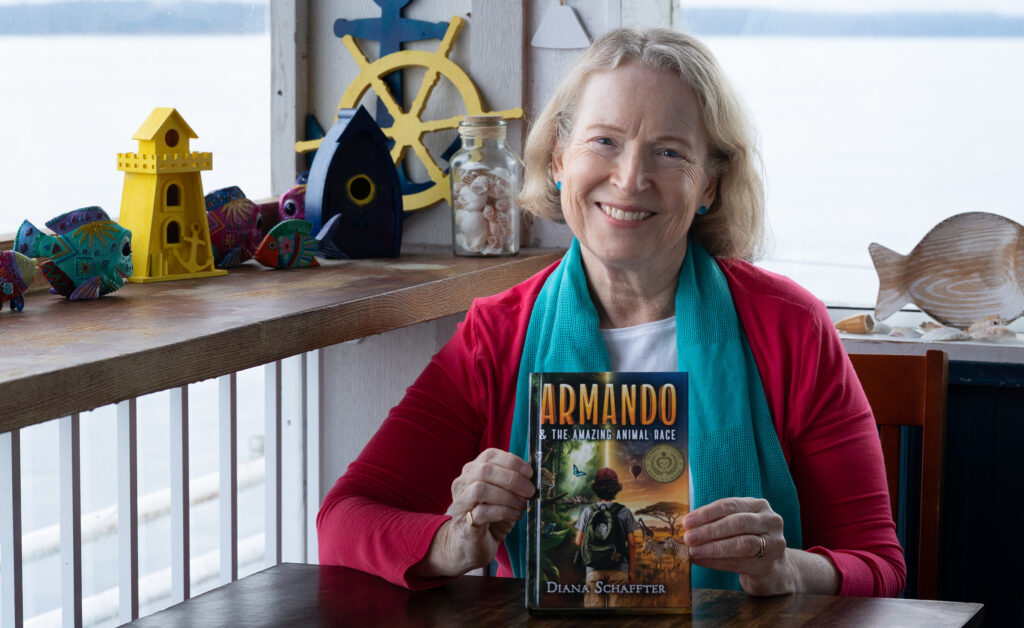by Jo Barnes | photos courtesy Cascadia Seaweed –
When it comes to farming, the magic happens under the ground. But with some farms, it takes place under the sea.
Taking its name from the region where its product grows, Sidney’s Cascadia Seaweed is a new aquaculture business that is creating opportunities for coastal communities while becoming one of the largest local providers of cultivated ocean seaweed.
“Seaweed is and has been growing in the Pacific Northwest for a long time. Cultivating it has economic, social, and environmental benefits,” shares Bill Collins, Chairman. “We are in a new age of greening climate activism and this sector is a good fit for the planet.”
Starting with its incorporation in June 2019, Cascadia Seaweed put into place the foundations of its operation. The arrival of the pandemic in 2020 brought challenges, but the company was determined to forge ahead and kept going with its plans.
“It was not an easy project, especially given Covid,” says Bill. “We work closely with Bamfield Marine Sciences Centre. There were strict protocols. The team really wants to work in seaweed, and they are very passionate about what they do.”
So how does seaweed farming work? Like farming on the land, there is a harvest of a cultivated crop and getting there requires hard work. The process, however, is quite different.
“Like farming, there is a yield and cost per unit,” comments Bill. “There is no land or soil. There is a rope infrastructure. We have horizontal lines and outplant seed.”
It all starts with the nursery. Reproductive tissues of kelp are collected then stressed in the laboratory to release the reproductive spores in water.
“These spores will attach to something and grow into little plants,” says Bill. “In this case they attach to twine on large spools in tanks.”
It’s a massive undertaking. Under the leadership of Marine Phycologist, Dr. Jennifer Clark, the team monitors some 600 spools of line that has been infused with these baby kelps. Young seaweed, attached to lines wrapped around PVC pipe, are then transported to the new ocean farm locations where they are deployed.
“When it’s a millimetre in length, it’s moved to a wrapped horizontal line in the ocean,” says Bill. “That tiny young seaweed will eventually become two metres in length!”
The work requires a diversity of high level expertise. Cascadia’s team has talents and experience in ocean science, aquaculture, engineering, and business development. However, it has been the collaboration with Indigenous communities that has been critical to their success.
“Our partnership with Indigenous groups is the biggest key element,” comments Bill. “They have a rich and deep knowledge about eating and using seaweed. They have a ready and willing workforce.”
Cascadia partnered with Nuu-chah-nulth (NCN) Seafood Limited Partnership, a First Nation-owned operation that has been pioneering the commercialization of seaweed on the west coast for a number of years. The partnership creates economic stability, employment and business development opportunities.
So why cultivate seaweed? Seaweed, it turns out, is not only good for you, it is good for the planet as well.
“It’s a human superfood which offers omega fatty acids, 10 times the calcium found in milk, higher potassium than in bananas, a vegan source of B12 and also micronutrients like iodine,” says Bill.
Seaweed also has the potential to play a huge role in climate action. During its life cycle, parts of the seaweed will fall off and drift down into the deep ocean depths. Carbon, which is locked in this seaweed tissue, is thus taken out of the atmosphere.
“We are decarbonising the atmosphere and recarbonizing the biosphere,” notes Bill.
Seaweed has agricultural benefits too: it can improve the digestion of cows and interrupt the creation of methane in their gut. This has value both economically and environmentally.
“The cow gut works more efficiently. More of the feed is working for the cow,” says Bill. “As a result, farmers will use less arable land and water to feed cows.”
The rewards of seaweed farming are numerous. Cascadia’s “Seaweed Days” that took place in May celebrated and highlighted the potential of this powerful aquaculture.
“We launched our very own brand of nutritious and delicious seaweed-based food products during the first annual Seaweed Days festival, and these products will be sold online, direct to consumers,” shares Erin Bremner-Mitchell, Manager of Communications and Engagement.
Cascadia Seaweed’s partnership with First Nations and coastal communities seeks to establish a local industry that can have global impact.
A powerful answer to environmental concerns, a viable way to build communities’ economies, and a valuable source of human nutrition; the potential of seaweed farming is as big as the sea.





